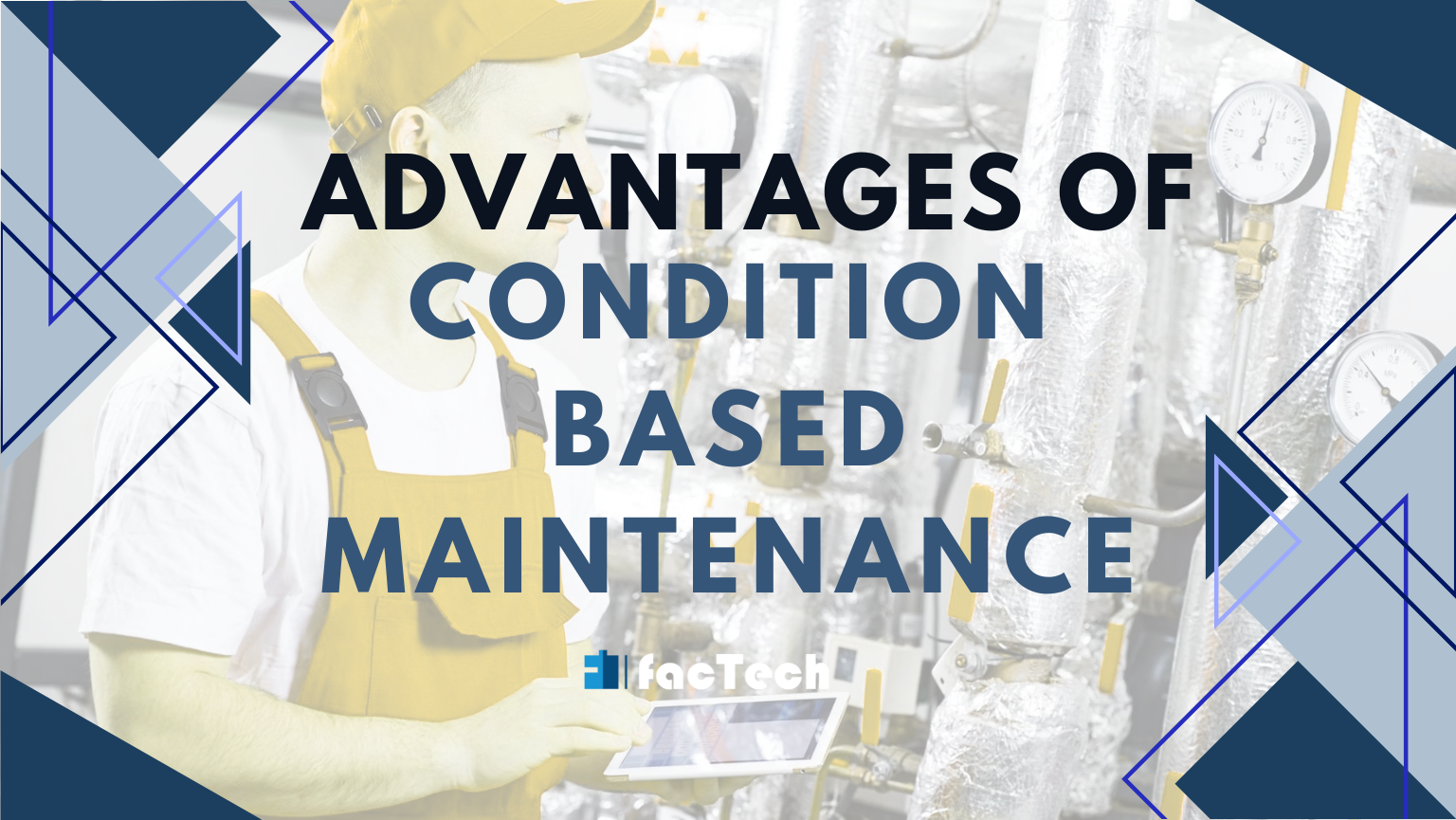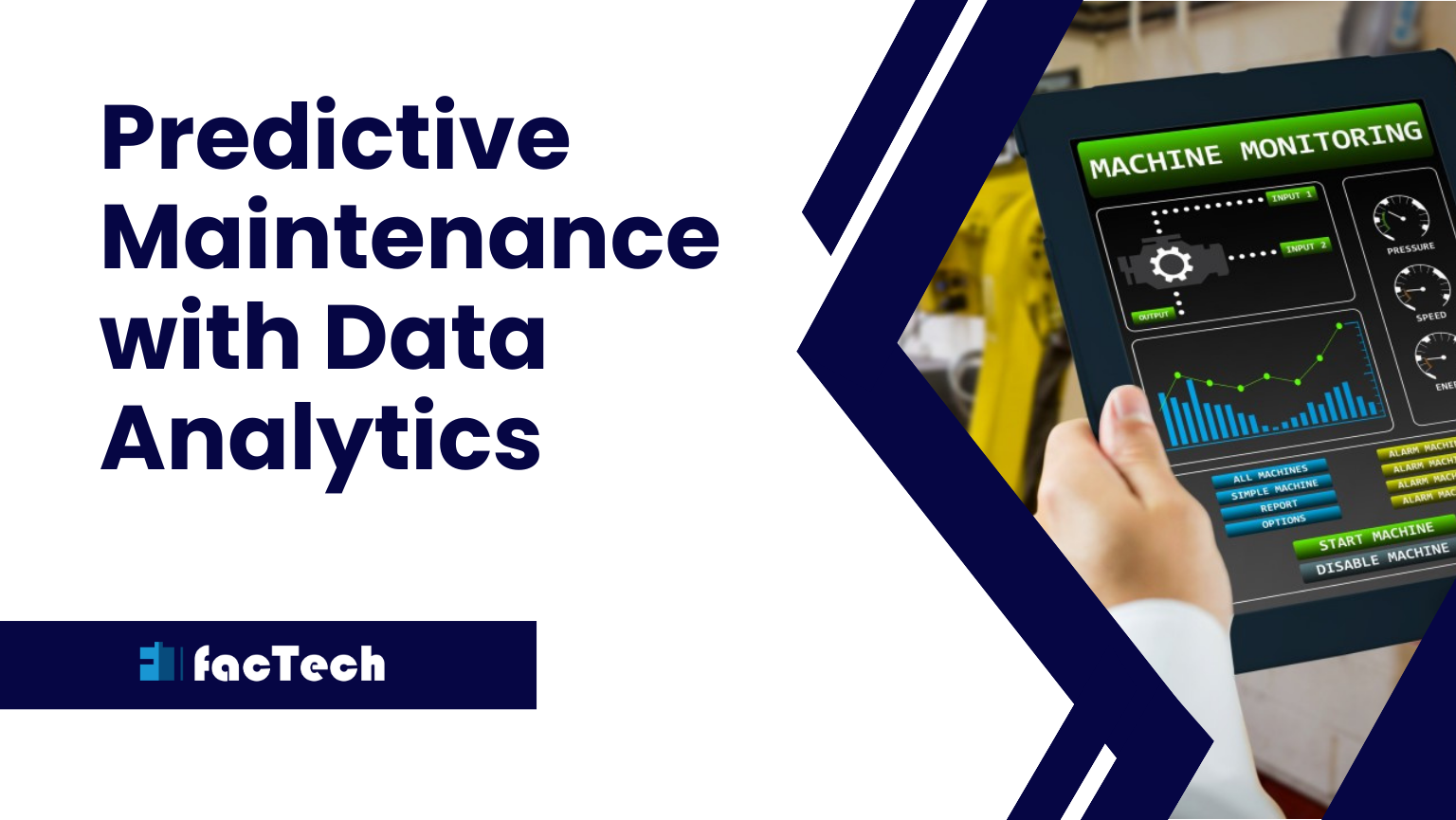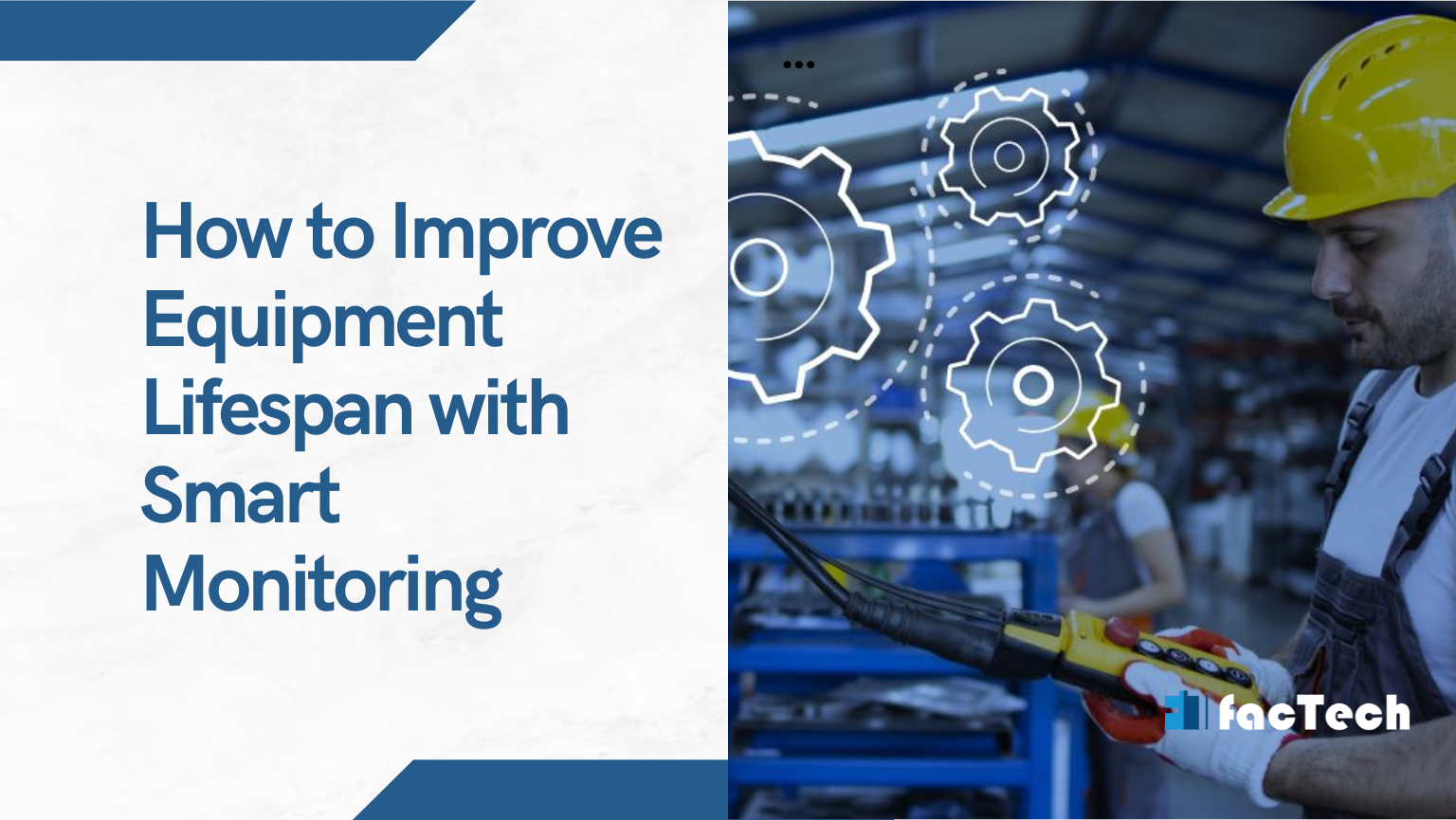5 Types of Facility Management Tools Every Facility Manager Needs
5 Types of Facility Management Tools Every Facility Manager Needs
The role of a facility manager is multifaceted, requiring juggling various tasks like maintaining equipment, optimizing space usage, and ensuring occupant comfort. Fortunately, numerous software solutions can streamline these processes and empower facility managers to excel in their roles. Here are five essential tools every facility manager should consider:
1. Computerized Maintenance Management System (CMMS):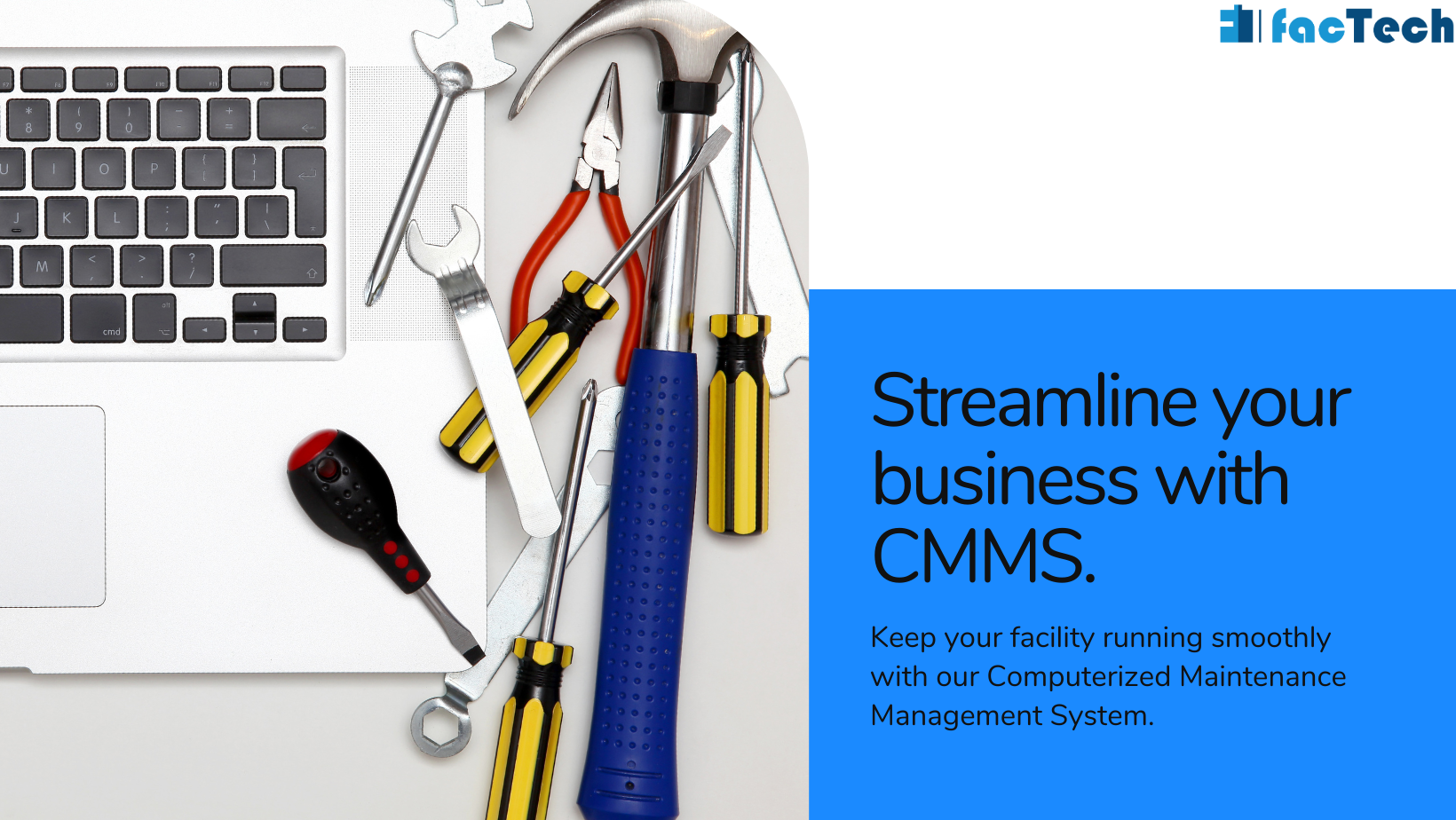
A CMMS is the cornerstone of any effective facility management strategy. This software acts as a central hub for managing all aspects of equipment maintenance, including:
Tracking asset information: Location, function, and historical maintenance data are readily available for informed decision-making.
Scheduling preventive maintenance: Schedule routine maintenance tasks to prevent breakdowns and extend equipment lifespan.
Related read:
Work order management: Streamline the process of issuing, assigning, and tracking work orders for repairs and maintenance requests.
Inventory management: Track spare parts and manage inventory levels to ensure efficient repairs and minimize downtime.
2. Space Management Software:
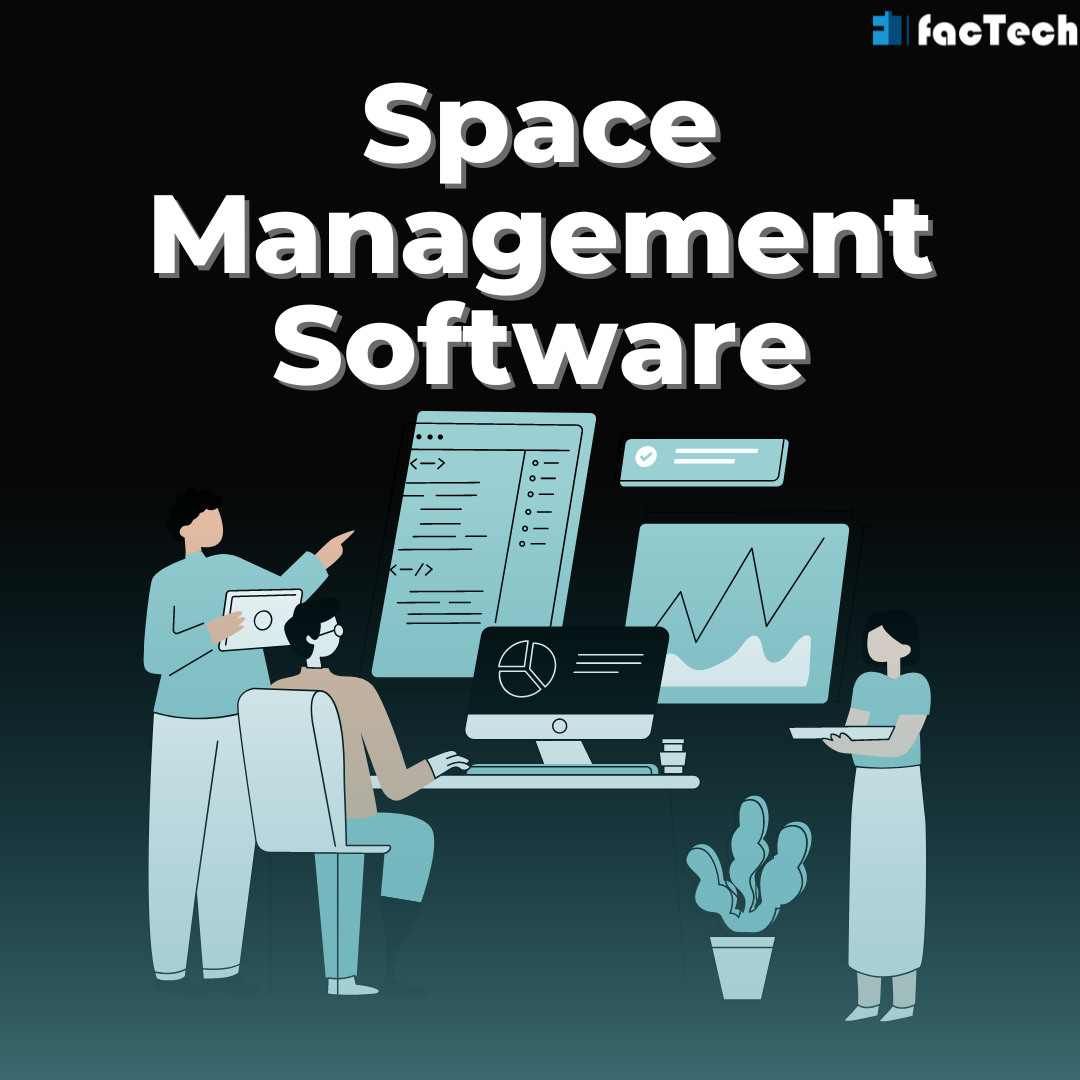
In today’s dynamic business landscape, organizations are constantly seeking ways to improve efficiency and maximize their resources. One often overlooked area with significant potential for optimization is space management. This is where facility management tool space management software comes into play.
What is Space Management Software?
Space management software is a technological solution specifically designed to help organizations track, manage, and optimize their physical space. It goes beyond simply creating floor plans; it offers a comprehensive suite of features to:
Track and manage real estate assets: Gain a clear picture of your space inventory, including details like room types, capacities, and amenities.
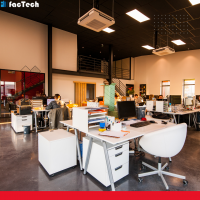 Optimize space utilization: Analyze how your space is currently being used and identify opportunities for improvement. This can involve reallocating unused spaces, adopting flexible work arrangements, or implementing hot desking solutions.
Optimize space utilization: Analyze how your space is currently being used and identify opportunities for improvement. This can involve reallocating unused spaces, adopting flexible work arrangements, or implementing hot desking solutions.
Facilitate space allocation and scheduling: Easily assign and book rooms, desks, and other resources, eliminating confusion and ensuring optimal space utilization.
Improve space planning: Design and visualize different space layouts using interactive tools, allowing you to plan for future growth or changes in operational needs.
Enhance employee experience: Empower employees to easily find available meeting rooms or book desks on the go, fostering a sense of control and improving overall satisfaction.
Benefits of Using Space Management Software:
Implementing space management software can offer a multitude of benefits for organizations, including:
Reduced costs: Optimize your real estate footprint by identifying and eliminating underutilized spaces, potentially leading to cost savings on rent or lease agreements.
Increased efficiency: Streamline space allocation and booking processes, saving time and effort for both employees and facility managers.
Improved data-driven decision making: Gain valuable insights into space utilization through comprehensive reporting and analytics, allowing you to make informed decisions regarding future space needs.
Enhanced employee productivity: Provide employees with a more organized and efficient work environment, fostering improved focus and collaboration.
 Greater sustainability: By optimizing space usage, organizations can contribute to environmental sustainability by reducing their overall energy consumption and carbon footprint.
Greater sustainability: By optimizing space usage, organizations can contribute to environmental sustainability by reducing their overall energy consumption and carbon footprint.
Choosing the Right Space Management Software
With a variety of space management software solutions available, selecting the right one for your organization’s specific needs is crucial. Consider factors such as:
The size and complexity of your organization: Different solutions cater to different scales and levels of complexity.
Your budget: Software pricing can vary significantly, so it’s important to find a solution that aligns with your budget constraints.
The specific features and functionalities you need: Identify the key functionalities that your organization requires and prioritize them when evaluating potential solutions.
Ease of use and integration: Choose a software solution that is user-friendly and integrates seamlessly with your existing facility management systems.
By leveraging the power of space management software, facility managers can gain valuable insights, optimize their space utilization, and ultimately create a more efficient and productive work environment for their organization.
3. Building Automation System (BAS):
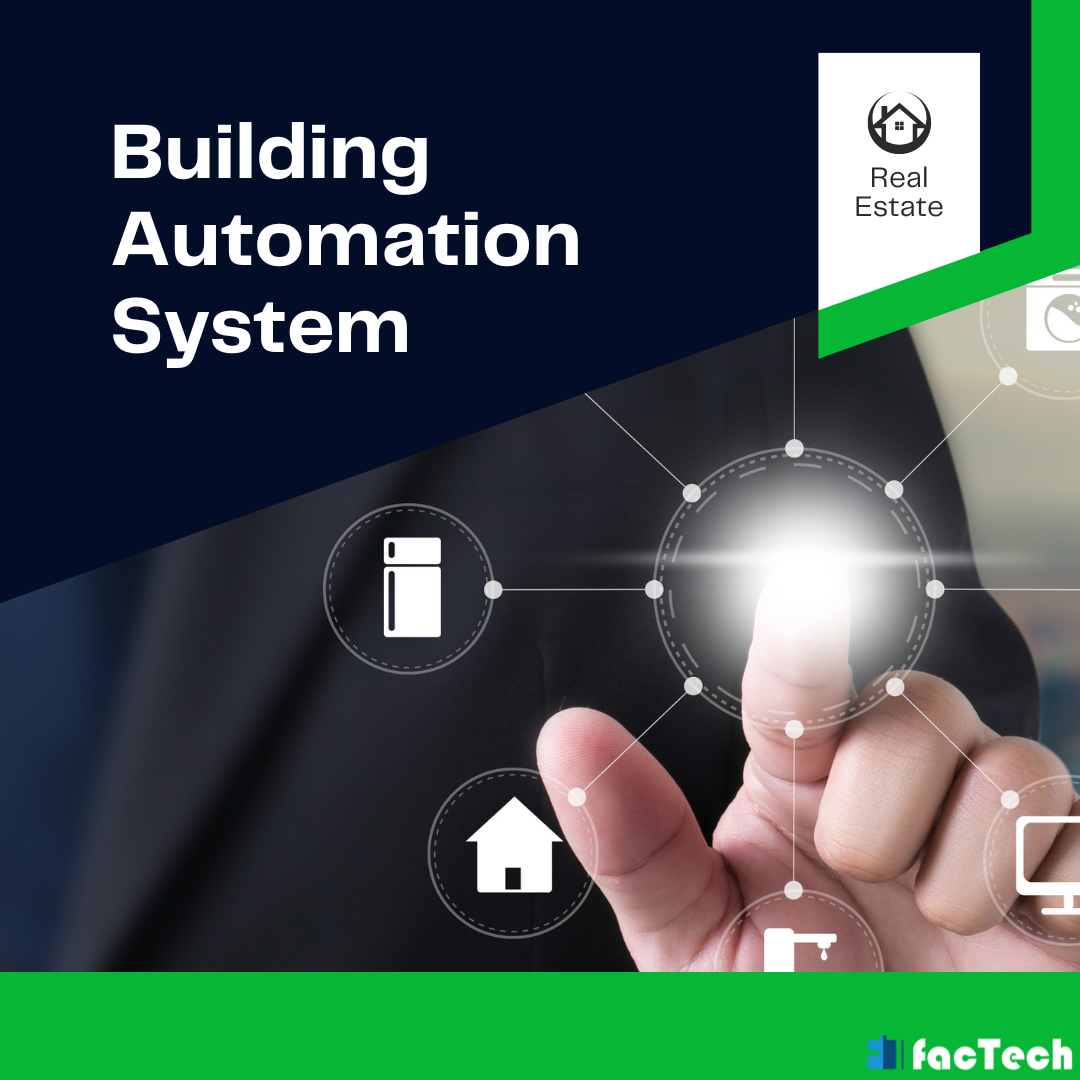
For facility managers, maintaining building efficiency and occupant comfort can feel like a constant battle. Juggling manual adjustments, monitoring energy consumption, and responding to maintenance needs can be a time-consuming and reactive process. This is where Building Automation Systems (BAS) come in, offering a powerful tool to streamline operations and empower informed decision-making.
What is a BAS?
A BAS is a centralized, computer-based system that acts as the brain of a building. It seamlessly connects various building systems, such as:
Heating, ventilation, and air conditioning (HVAC)
Lighting
Security
Fire safety
Access control
Benefits of a BAS for Facility Management:
Enhanced Efficiency: BAS automates routine tasks like adjusting temperature and lighting based on occupancy and schedules, leading to significant energy savings. This translates to reduced utility bills and a smaller environmental footprint.
Improved Comfort: By maintaining consistent temperature and lighting levels, BAS ensures a comfortable and productive environment for occupants.
Predictive Maintenance: BAS continuously monitors equipment performance and sends alerts for potential issues, allowing for preventative maintenance and avoiding costly breakdowns.
Real-time Insights: BAS provides real-time data on energy consumption, equipment performance, and environmental conditions, enabling data-driven decision-making for optimizing building operations.
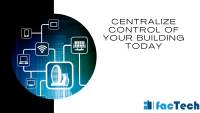 Centralized Control: BAS integrates all systems into a single interface, allowing facility managers to monitor and control everything from a central location. This reduces the need for manual interventions and streamlines troubleshooting processes.
Centralized Control: BAS integrates all systems into a single interface, allowing facility managers to monitor and control everything from a central location. This reduces the need for manual interventions and streamlines troubleshooting processes.
Choosing the Right BAS:
With a wide range of BAS options available, choosing the right system is crucial. Consider factors like:
Building size and complexity: Larger and more complex buildings require a more comprehensive BAS.
Specific needs: Identify your primary goals, whether it’s energy efficiency, occupant comfort, or predictive maintenance.
Integration capabilities: Ensure the BAS integrates seamlessly with existing building systems and future upgrades.
Scalability: Choose a system that can adapt to future growth and changing needs of the building.
Investing in a BAS is an investment in the future of your facility. It empowers facility managers to become proactive, data-driven decision-makers, leading to increased efficiency, cost savings, and improved occupant satisfaction.
4. Workplace Management System (WMS):
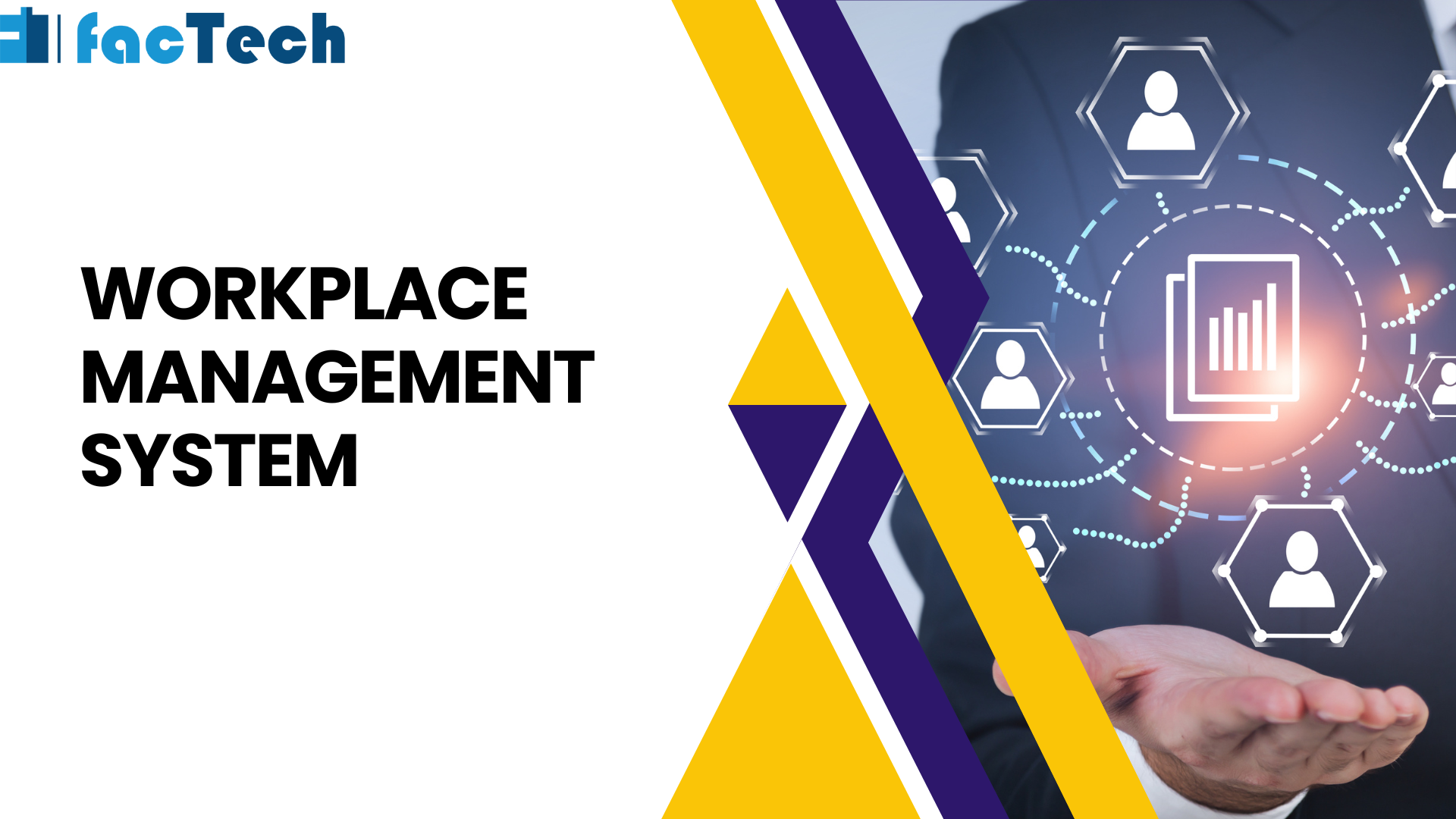
A WMS goes beyond the physical aspects of facility management, focusing on creating a positive and productive work environment for occupants. Features include:
Communication platform: Facilitate communication between facility managers, employees, and other stakeholders through features like ticketing systems and announcement boards.
Room booking and reservation: Allow employees to easily book meeting rooms and other common spaces, improving scheduling efficiency and reducing conflicts.
Feedback and request management: Provide a platform for employees to submit feedback, maintenance requests, and other inquiries, streamlining communication and ensuring timely responses.
5. Inventory Management System: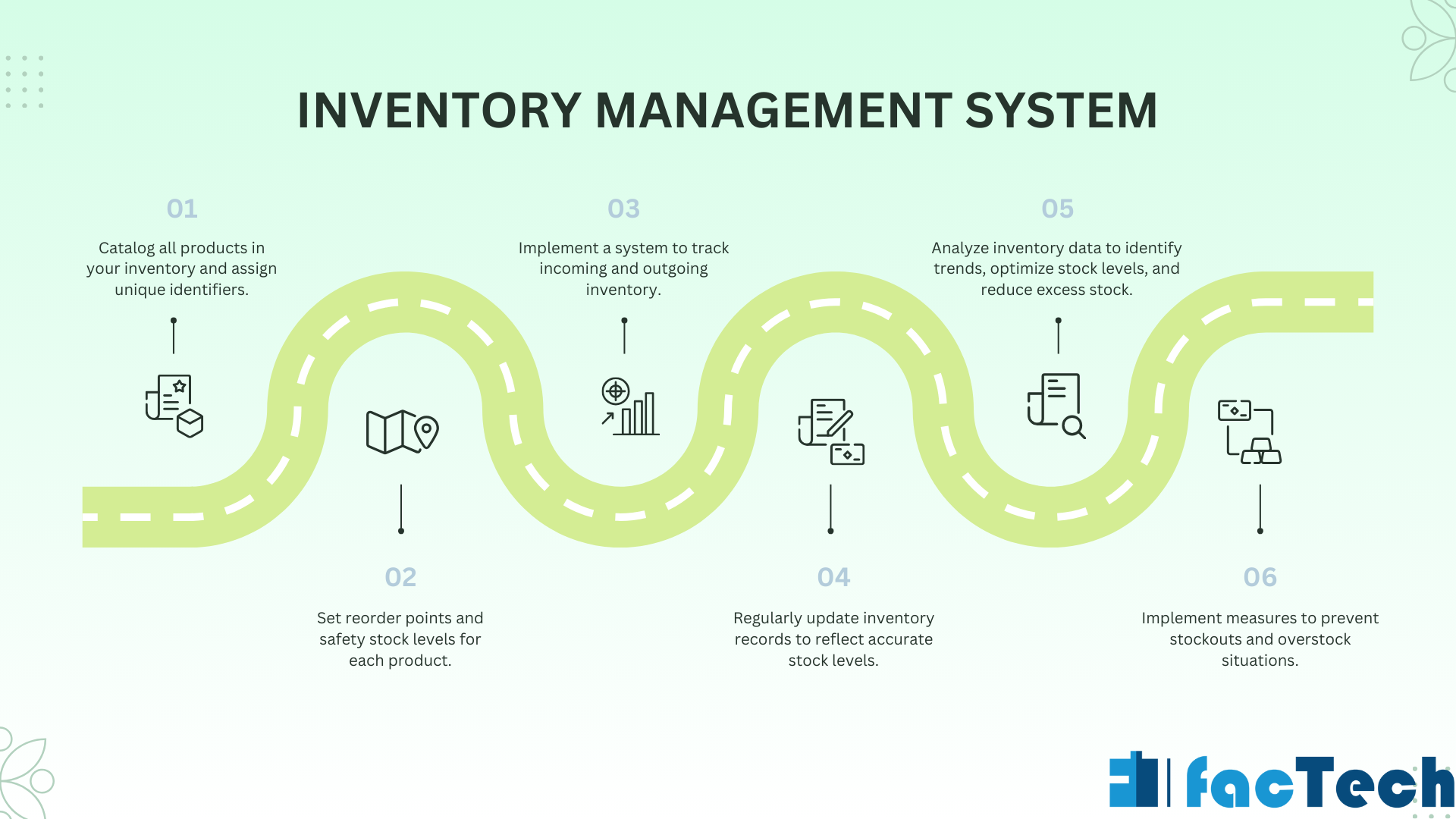
In today’s fast-paced world, efficient facility management is crucial for businesses of all sizes. This involves ensuring the smooth operation and upkeep of physical spaces, from office buildings to manufacturing plants. A key component of this is effectively managing the inventory of various items used within the facility. Fortunately, facility management tools (FMTs) can seamlessly integrate with inventory management systems (IMS) to create a powerful and comprehensive solution.
The Benefits of Integration:
Enhanced Visibility: Integrating facility management tools and IMS provides a centralized platform for managing all facility-related data, including asset details, location, maintenance schedules, and inventory levels. This real-time visibility helps facility managers make informed decisions about resource allocation, purchasing, and preventive maintenance.
Improved Efficiency: Streamlining inventory management through FMT-IMS integration eliminates the need for manual data entry, reducing errors and saving valuable time. Automated workflows, such as triggering reordering based on stock levels, further enhance efficiency.
 Reduced Costs: By optimizing inventory levels and preventing stockouts, this integration can significantly reduce costs associated with overstocking, emergency purchases, and equipment downtime. Additionally, improved maintenance planning helps extend the lifespan of assets.
Reduced Costs: By optimizing inventory levels and preventing stockouts, this integration can significantly reduce costs associated with overstocking, emergency purchases, and equipment downtime. Additionally, improved maintenance planning helps extend the lifespan of assets.
Enhanced Compliance: facility management tools often offer features for tracking regulatory compliance related to specific equipment or materials. Integrating this with detailed inventory data from the IMS ensures facilities adhere to necessary regulations efficiently.
Choosing the Right Solution:
When selecting an FMT-IMS integrated solution, consider the specific needs of your facility. Factors like the size and complexity of your operation, the types of assets managed, and your budget will play a role in choosing the most suitable software.
Here are some key features to look for:
Seamless integration: Ensure the FMT and IMS integrate seamlessly, allowing for smooth data exchange and avoiding the need for manual data transfer.
Customization: The system should offer customization options to tailor functionalities to your specific facility requirements.
Scalability: Choose a solution that can scale as your business and its needs grow.
Mobile access: Look for options offering mobile applications for managing inventory and accessing crucial information on the go.
Related read:
Integrating FMTs and IMS can revolutionize facility management by streamlining operations, reducing costs, and ensuring regulatory compliance. By carefully considering your specific needs and choosing the right software, you can unlock the full potential of this powerful combination for a more efficient and well-managed facility.
Conclusion:
The landscape of facility management is constantly evolving, and the facility management tools available are becoming increasingly sophisticated. By adopting these tools facility managers can streamline their operations, improve efficiency, and create a more comfortable and productive work environment for everyone. Remember, the specific needs of your facility will determine which tools are most beneficial, so carefully assess your requirements before making any investments.

